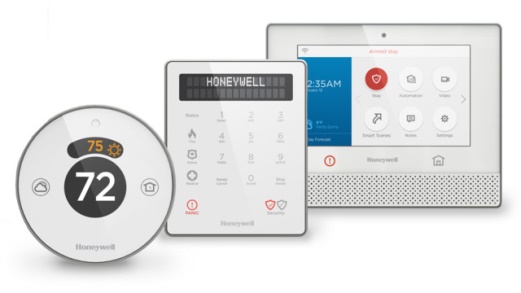
The current situation: An impressive application of artificial intelligence and machine learning methods was the technology of "smart" environments ("smart" home, office, city), which allows you to automatically or interactively control the living environment. Global technology leaders are already bringing home automation systems (Amazon Alexa, Google Home, Samsung Smartthings, Facebook Jarvis, Hitachi HEMS, Honeywell Z-Wave) to the market, which, according to McKinsey, exceeded $29 billion in 2017. However, existing approaches limit the ability to control demand, as price signals are not perceived by consumers using home automation systems.

Objectives of the project: Development of algorithms of household appliances control for comfort and energy saving balance on the basis of identification of the user utility function on the history of interaction with him/her.
Approaches: Identification of user preferences and consideration of the rationality of their behavior in order to achieve the best balance of comfort and energy costs in the control of home appliances. The problem of lack of real data for testing and selection of different approaches is solved by using behavioral models of rational management of appliances based on the utility function. The novelty of the approach consists in a combination of the active consumer model, which includes solutions for the use and generation of electricity, machine learning algorithms to identify individual consumer preferences, and their implementation within an open scalable software platform.
Research methods:
a) Multi-agent modeling of rational behavior to analyze the task of learning and generate baseline data. The task of optimal control arising at modeling is solved by methods of dynamic programming and adaptive dynamic programming (reinforcement learning).
b) Methods of preference learning: inverse reinforcement learning, Bayesian learning, approximate Bayesian computation.
Object of research: smart home environment, partially or fully automated household appliances
Potential customer: manufacturers of household appliances and home automation systems
Prospects: The developed algorithms of revealing the function of utility of the user should find application in technologies of automatic and automated (in a mode of system-adviser) management of household appliances.